A Guest Post by CF Kirkham-Sandy
Dramatic lives are magnets for myths. The more colourful and controversial your life, the more people love to invent stories about you. Anne Boleyn had six fingers, Jane Seymour had a C-section, Henry VIII had syphilis, Elizabeth I wore lead paint and it poisoned her, Katherine Howard said she’d rather die the wife of Culpeper than the Queen of England! And while they did all this, they were throwing poo out the window!
All entertaining stories, all total nonsense. None of the following myths are quite that colourful, but they are persistent. Some myths are deliberate inventions, others are misconceptions born of simplification.
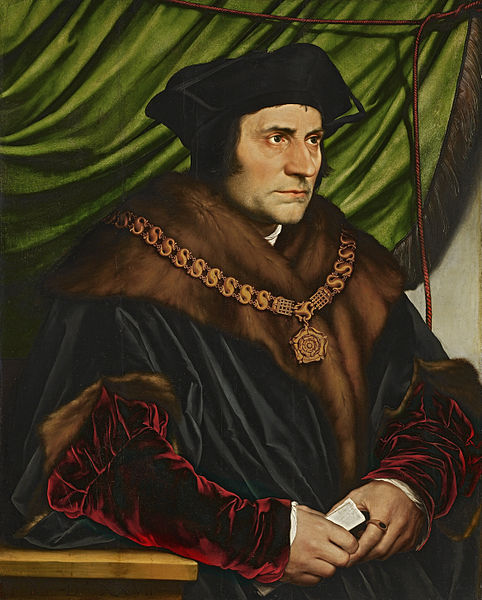
1. Thomas More was beheaded because he wouldn’t accept Henry’s marriage to Anne Boleyn.
Thomas More was not executed for refusing to accept Henry’s marriage to Anne, simply because he accepted it. He certainly didn’t like it, but he accepted it. In 1534, when he was imprisoned and questioned by Henry’s ministers, More stated that he was not willing to swear the oath in its current form, but he would swear to the succession. That meant More was willing, when push came to shove, to swear that the new marriage was valid, that Mary was not the rightful heir to the throne, that Henry’s heir would be Anne’s child. More liked and respected Katherine of Aragon, but he wasn’t going to die for her marriage.
The problem with the oath was the preamble. It was the preamble which stated that the king was Supreme Head of the Church of England. The royal supremacy, not the succession, was More’s red line. So long as the oath had the preamble, More would not swear it. Tellingly, Cranmer was in favour of compromise – removing the preamble so that More would swear to the succession. We know that Cranmer was hand in glove with the Boleyns, and that he liked Anne. It’s unlikely he would support something that wasn’t in their best interests, or something Anne was viscerally opposed to. Ultimately this all came to nothing, because Henry refused to change the oath for anyone: no compromises, take it or leave it, live or die.
Even admirers of Anne Boleyn often take it for granted that she wanted More dead. We have no evidence of Anne petitioning Henry to spare More (or Fisher) but we also have no evidence of her urging Henry to put them to death. All the sources that blame Anne are by Catholic writers. They had a vested interest in shifting blame away from Henry. A common theme in Tudor politics is ‘the king’s evil ministers’: blaming the king looks disloyal, so depending on your religion you blame Wolsey, More, Cromwell, Gardiner – or Anne. Anne was already the perfect scapegoat: it requires no effort to convince a misogynistic reader that the real culprit is a woman.
2. Thomas More didn’t support vernacular translation (he didn’t want the Bible to be translated into English).
Thomas More’s philosophy was part of a broader intellectual movement that we call Renaissance humanism. (Renaissance being the key word: modern humanism is a very different kettle of fish). Henry VIII, Edward VI, Mary I, Elizabeth I, Jane Grey – all five were Renaissance humanists, which gives you an idea of how broad and influential this trend was.
It’s not easy to succinctly define Renaissance humanism, but one thing humanists had in common was their support for vernacular Bibles. Even late in his career, when the Reformation was well under way, More still wanted an authorised English Bible. He didn’t believe an English Bible was risk-free, but he believed that on balance, it would do more good than harm. After all, the Latin Bible was already a translation: the Old Testament was originally in Hebrew, the New Testament was originally in Greek, and Jesus himself spoke Aramaic.
More’s anger with Tyndale was about Tyndale’s word choices: how Tyndale translated the Bible. Tyndale translated ‘ecclesia’ as ‘congregation’ and ‘presbyter’ as ‘elder’. More thought these words should be ‘church’ and ‘priest’.
More did not believe that Tyndale was wrong about absolutely every single thing: at one point he quotes Tyndale: we must “kill the lusts of our flesh with holy works of God’s enjoining.” More’s comment on this quote is ‘this is well and holily spoken’. But overall, More was furious. It seems an odd thing to get angry about, but in his eyes, Tyndale was deliberately mistranslating the Bible in order to undermine Scriptural support for Catholic beliefs.
The debate between More and Tyndale is not a reactionary arguing with a reformer. It’s a Catholic humanist arguing with a Protestant humanist about that most humanist of pastimes, translation.
3. Thomas More was great friends with Thomas Howard, the duke of Norfolk.
Thomas Howard was the grandson of the first duke of Norfolk. Thomas More was the grandson of a baker. More was not ashamed of his origins, he saw his ancestors as good honest London stock: upright citizens, householders and employers, pillars of the community. But as Diarmaid MacCulloch puts it, Thomas Howard was ‘a hypersensitive snob’. Howard would never have seen More as an equal, and More probably wouldn’t have enjoyed being condescended to by someone intellectually inferior.
This isn’t to say friendships couldn’t ever cross class boundaries – More and Henry VIII weren’t equals, but they shared intellectual and artistic interests: astronomy, theology, music, history, art. (Even then, historians debate how close More and Henry actually were.) Thomas Howard wasn’t as boorish and uncultured as he’s often portrayed, he liked chivalric literature – think Chretien de Troyes or Thomas Mallory – but he wasn’t known for being interested in the ancient world.
Nor did More and Howard have much in common politically. More’s policy preferences generally tended to align with Wolsey’s: peace with Europe, simplifying legal procedure, anti-enclosure laws, the expansion of education, humanist pedagogy in English universities. Howard and Wolsey were enemies. Given that Wolsey’s success and prosperity was offensive to the duke, he would not be inclined to like Wolsey’s allies unless he happened to be a magnanimous and objective person – which he wasn’t.
So why does this myth exist? It comes from William Roper’s biography of More, and the timing is a clue. Roper was writing during Mary’s reign, when Wolsey and Cromwell were controversial at best. The duke of Norfolk, however, was now Earl Marshal, his dukedom restored. Roper didn’t want More tainted by association- that would ruin his depiction of More as wise and far-seeing, the kind of man who sees the true natures of those around him. Roper wanted More’s friends to be loyal supporters of Mary I, ideally with good pedigrees, not men who died in disgrace.
4. Thomas Wolsey was tolerant compared to Thomas More. Wolsey burned books, More burned people.
Wolsey did indeed burn books, and More did indeed authorise the burnings of heretics. Ten people were burned for heresy between 1529 and May 1532. More was directly involved in some of these cases. More burned more heretics than Wolsey, and Mary I later burned many more heretics than More. This is not because Mary was more intolerant than either Thomas, but simply because there were more religious dissenters around for the law to find. A man could be the world’s most passionate fisherman, but if he’s fishing in a swimming pool, he won’t catch any fish.
Wolsey would have been well aware of More’s opinions about heresy. More was vocal, he published his views in Latin and English. His opinions about heresy were conventional, so he saw no reason to hide them. And yet in 1525, Wolsey put More on a commission to investigate, of all crimes, heresy.
So why does this myth persist? Speaking as a writer, it’s because Wolsey and More make great foils for each other. The pragmatic priest and the fanatical layman, it’s an interesting dynamic with inbuilt tension. It’s a compelling role reversal of the inquisitorial stereotype. But when we look at primary sources, we must set aside archetypes.
5. More believed that the highest authority in the Catholic Church was the pope.
More believed that the pope was the most important single (living) person in the Catholic Church. But he did not believe the pope had the right to decide doctrine: to decide what is and isn’t Catholic belief. He also didn’t believe in papal infallibility – that wasn’t a thing until the nineteenth century.
In the fashion of Tudor lawyers, let’s imagine a hypothetical case. Let’s say the pope wanted to fundamentally change the words of the Nicene Creed. More would not agree with the pope’s actions, because the pope’s authority was inferior to the authority of a Church Council. The history of the Nicene Creed is rather messy, but essentially it was the product of Church Councils in the early medieval period.
A General Council of the Church is where all the bishops and archbishops in the Church come together in a big conference to resolve theological debates like the Trinity. More believed that when these Councils assemble, the Holy Spirit descends invisibly upon the gathering. The Holy Spirit uses His powers to guide the Council to the correct conclusions, because God wouldn’t allow his beloved Church to persist in error, if He could do something about it. Therefore, if it’s the product of a Church Council, it’s religious truth, and the only thing that can change it is a later Church Council. In More’s eyes, a pope that goes against the judgements of a Church Council is a pope that is opposing the will of the Holy Spirit Himself.
More was executed because of his insistence that the pope was the rightful head of the Church of England, not the king – but that belief was rooted in his understanding of the judgement of Church Councils over the centuries.
Author bio: CF Kirkham-Sandy is the author of the Tudor novel Shackled to a Ghost, now available on Amazon US, Amazon UK and Kindle Unlimited.
CF Kirkham-Sandy grew up in Devon and has a BA and an MA in History from the universities of York and Bristol. CF lives and works in Herefordshire, and moonlights as a history tutor for students of all ages. CF is currently writing another novel and can be found on Threads @kirkhamsandycf and Twitter @Catofthepigeons.

Blurb: Faith will be tested.
At the turn of the 16th century, young law student Thomas More meets the scholar Erasmus of Rotterdam. Caustic and clever, Erasmus has a vision of what Christendom could be – and More shares his dream.
Without wealth, noble blood, or even physical strength, Erasmus’ only weapon is his mind. Despite the obstacles they face, More and Erasmus blossom together.
But the Reformation is coming for them. They can’t stop it, but can they survive it? And can they trust the man the other has become?
As the Reformation gathers pace, More’s daughter Meg yearns to make her mark. Can she succeed, or is she doomed to repeat her mother’s fate?
Available on Amazon US, Amazon UK and Kindle Unlimited.


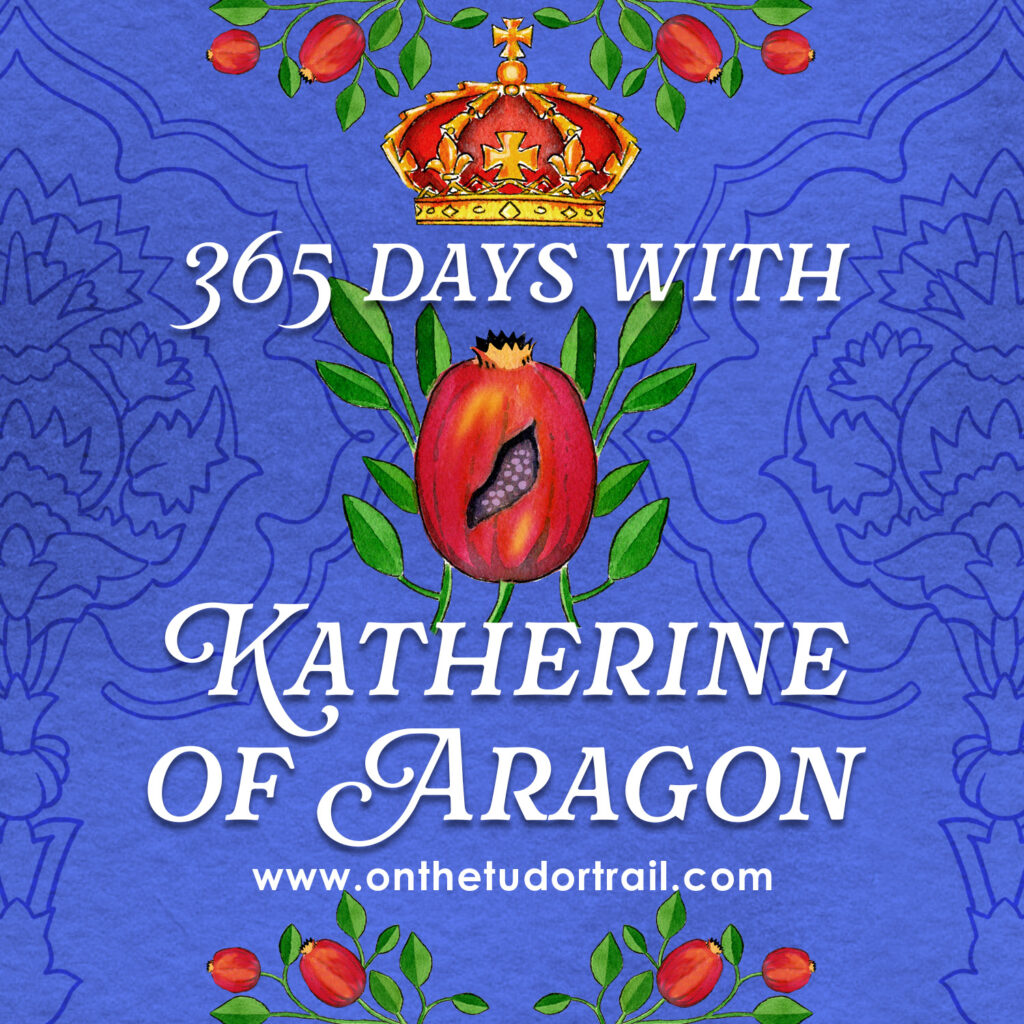

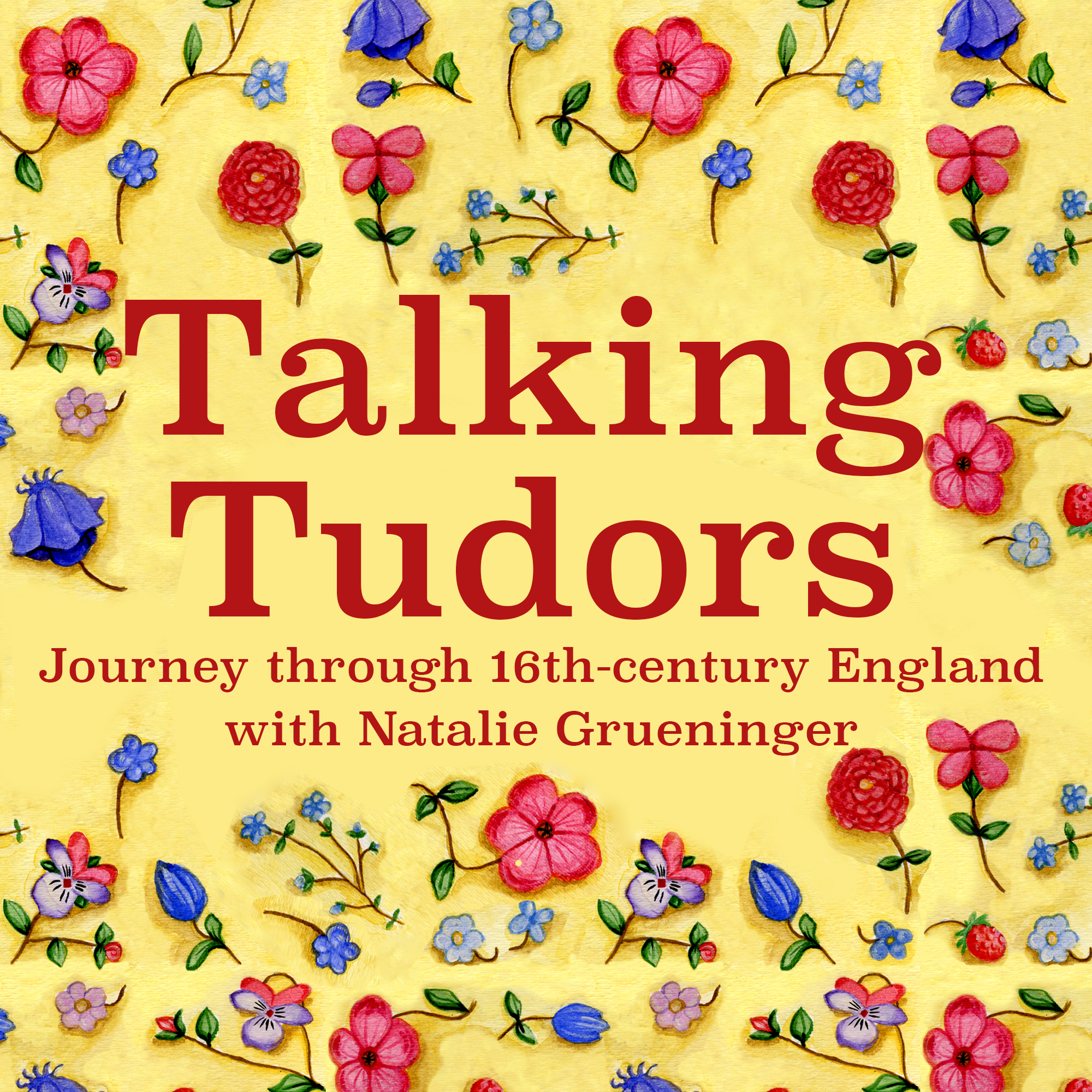

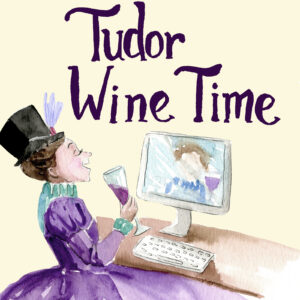




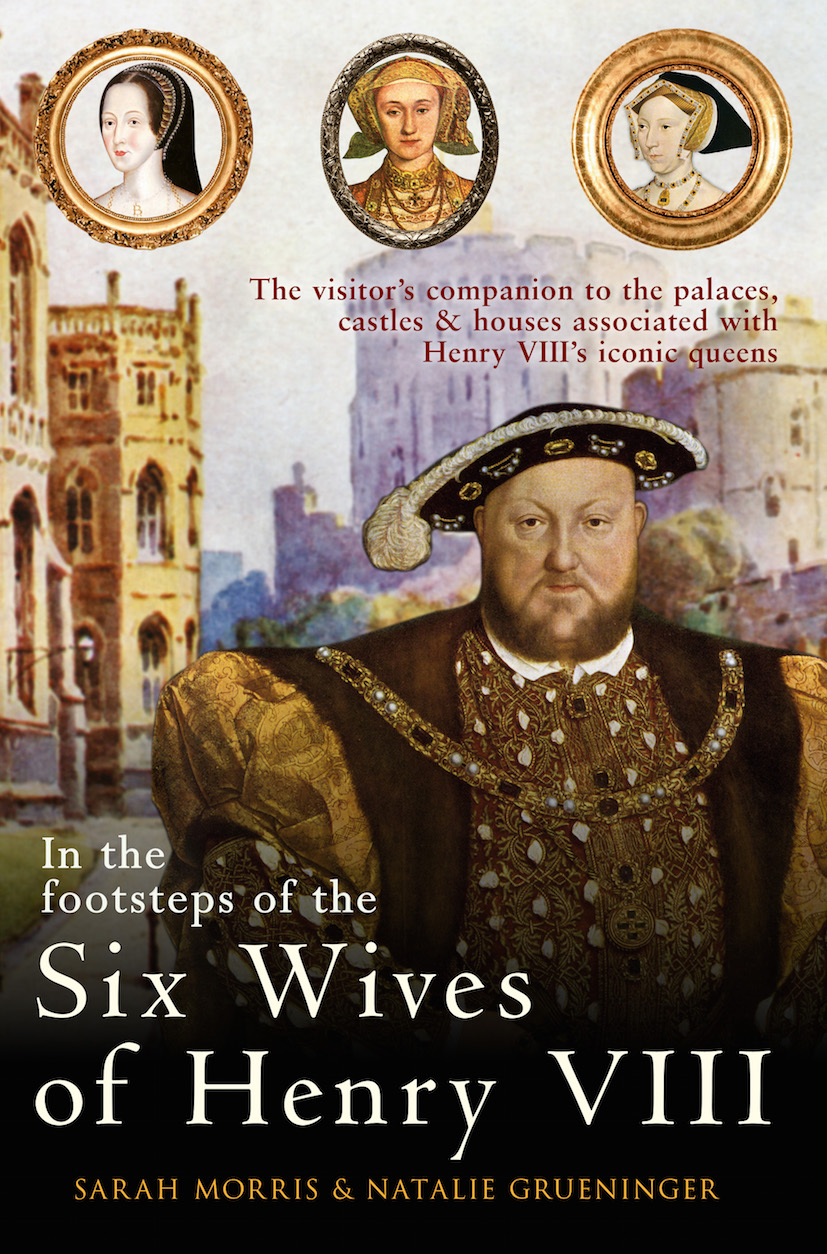
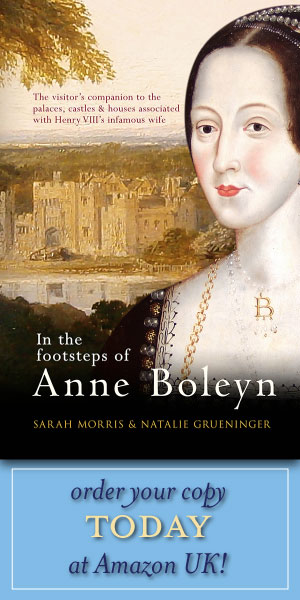


Latest Comments